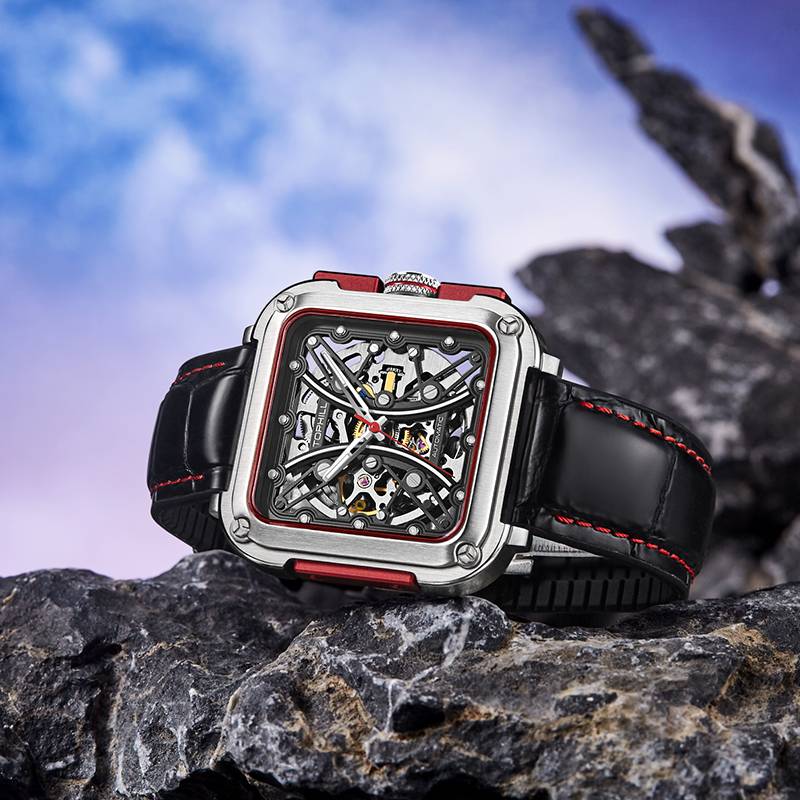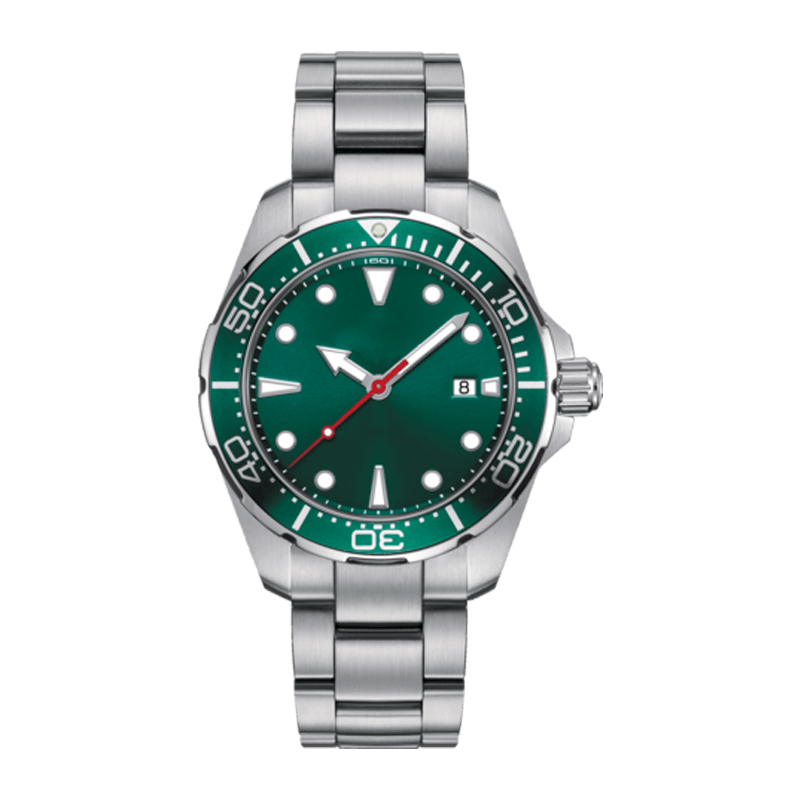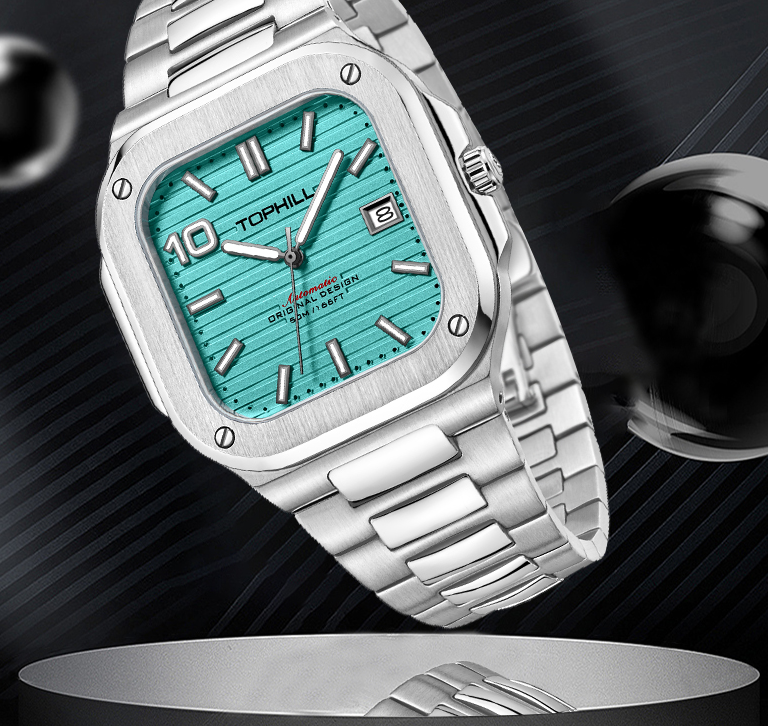Have you ever wondered about the inner workings of a mechanical watch? As one of the most sophisticated timekeeping devices, a mechanical watch is a marvel of engineering and craftsmanship. In this article, we will delve into the intricate world of mechanical watches and unveil the astonishing number of components that make up these remarkable timepieces.
A mechanical watch is composed of numerous intricate parts that work in harmony to keep time ticking. These components can be broadly classified into six main categories:
The main spring is the heart of a mechanical watch. It is a coiled piece of metal, typically made of steel, that stores potential energy when wound. As the spring unwinds, it releases energy to power the watch's movement.
A balance wheel is a crucial oscillating component of a mechanical watch that ensures accurate timekeeping. It swings back and forth, controlling the speed at which the watch's mainspring unwinds. The balance wheel is regulated by the escapement mechanism to ensure precision.
The escapement mechanism is responsible for regulating the release of energy from the main spring and controlling the movement of the balance wheel. It consists of several parts, including the escapement wheel, pallet fork, and escape wheel. The escapement mechanism plays a vital role in maintaining the rhythmic oscillation of the balance wheel.
Gears and pinions form an intricate network within a mechanical watch. They transmit the energy from the main spring to various components, such as the hour, minute, and second hands. These gears and pinions are meticulously engineered to ensure the precise movement and synchronization of the watch's hands.
The dial and hands are the visible elements of a mechanical watch that allow us to read the time. The dial, often adorned with intricate designs or patterns, provides a clear display for the hour, minute, and second hands. These hands are mechanically linked to the movement and rotate accordingly, indicating the current time.

While not directly involved in the intricate mechanism of a mechanical watch, the case and strap play a crucial role in protecting and wearing the timepiece. The case houses all the internal components, safeguarding them from external elements. The strap ensures the watch remains securely fastened to the wrist, allowing for comfortable wear.
With an average mechanical watch consisting of approximately 130 to 220 components, the level of complexity involved is truly remarkable. Each component is meticulously designed, manufactured, and assembled with utmost precision. The intricate dance of these parts results in the smooth and accurate movement of the watch, reflecting the artistry and skill behind mechanical timepieces.
In conclusion, the inner workings of a mechanical watch are a testament to human ingenuity and craftsmanship. From the wondrous mainspring and balance wheel to the intricate gears and pinions, each component plays a vital role in capturing time within the confines of a wristwatch. The sight of a mechanical watch in motion reflects the dedication and precision of the artisans who bring these intricate timepieces to life. So, the next time you gaze at the mesmerizing movement of a mechanical watch, take a moment to appreciate the hundreds of parts working harmoniously to keep time ticking.
Tags:
 Tired of Leakage Issues? Can a Professio
Tired of Leakage Issues? Can a Professio
 What Are the 5 Key Features to Inspect B
What Are the 5 Key Features to Inspect B
 How to Clean Stainless Steel Bands: A De
How to Clean Stainless Steel Bands: A De
 How Does a Seiko Stainless Steel Watch C
How Does a Seiko Stainless Steel Watch C
Super Time